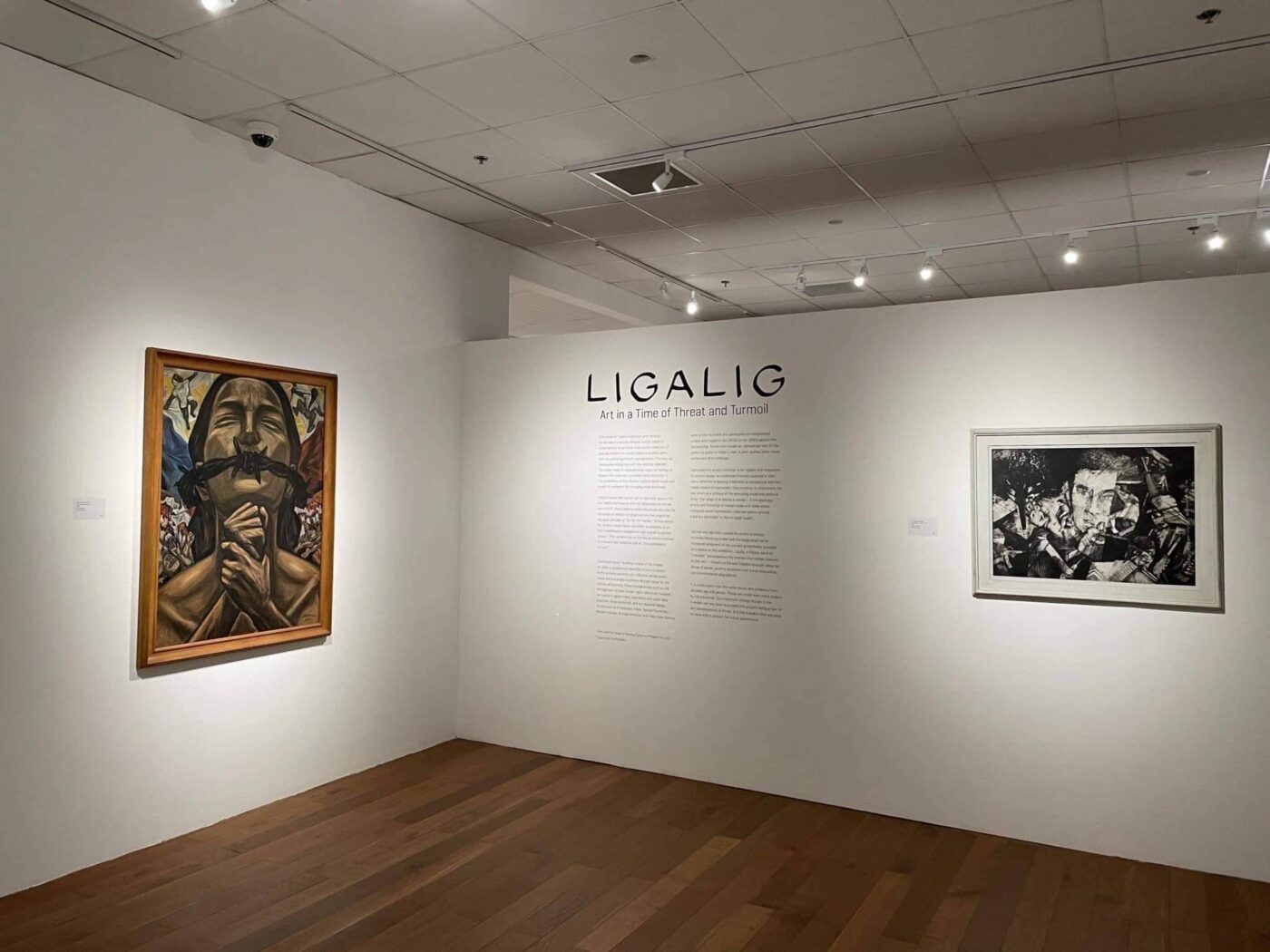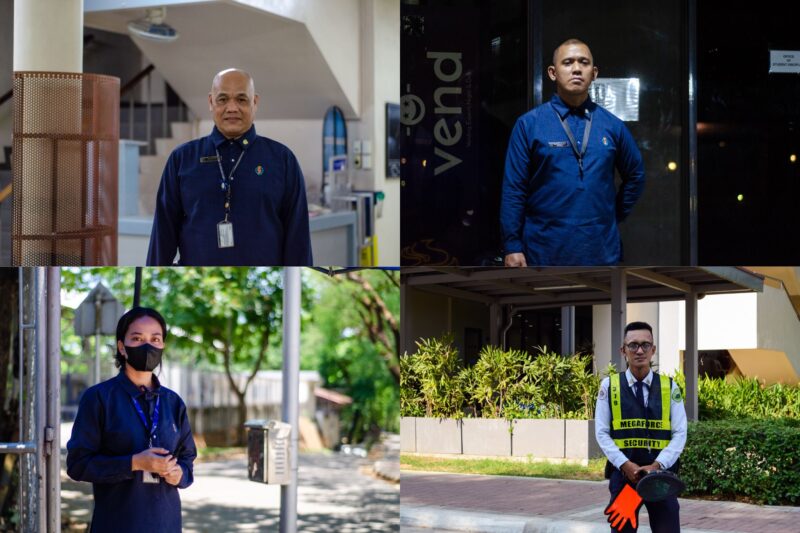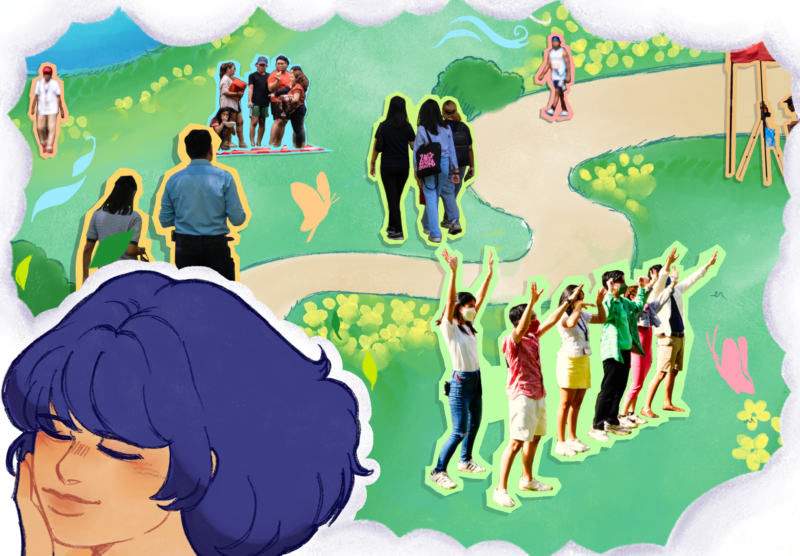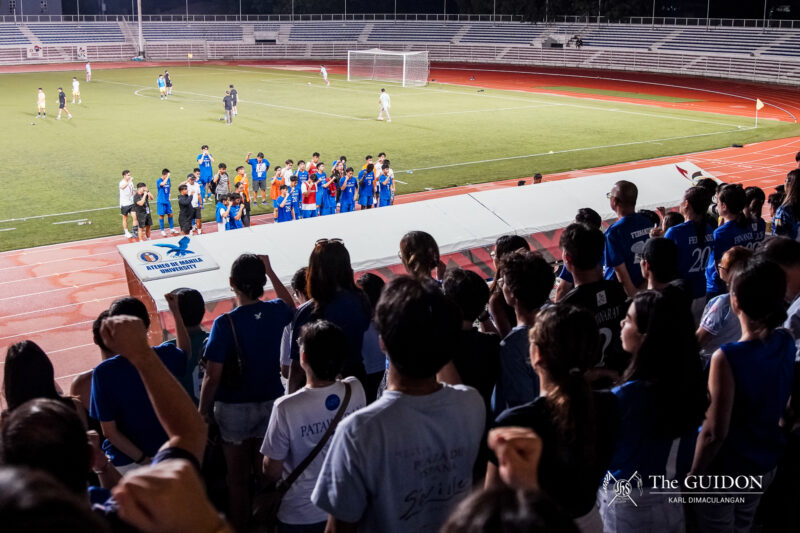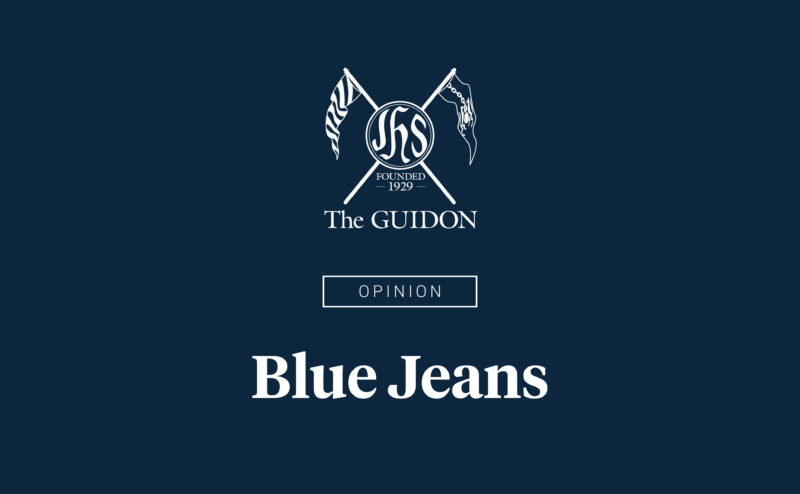Depicting the injustices of Martial Law, the Ateneo Art Gallery’s Ligalig exhibit emphasizes the role of art in memorializing national struggles and sentiments.
ART GALLERIES are in a prime position to communicate, critique, and chronicle historical events. The Ateneo Art Gallery’s (AAG) exhibit Ligalig: Art in a Time of Threat and Turmoil is no exception to this, as it hosts some of the most recognizable artworks from one of the most unforgettable eras of Philippine history.
Located in the Mr & Mrs Chung Te Gallery in the AAG, Ligalig (meaning “troubled” in Filipino) features art and poetry created during the Martial Law era. The artworks reflect the daily life, human rights abuses, and other social realities that the artists witnessed or underwent in Marcos Sr.’s Philippines. By crystallizing the everyday experiences, politics, and human rights violations of the era, the artists of Ligalig have chronicled the nation’s experiences of a disturbing era that has scarred Philippine history.
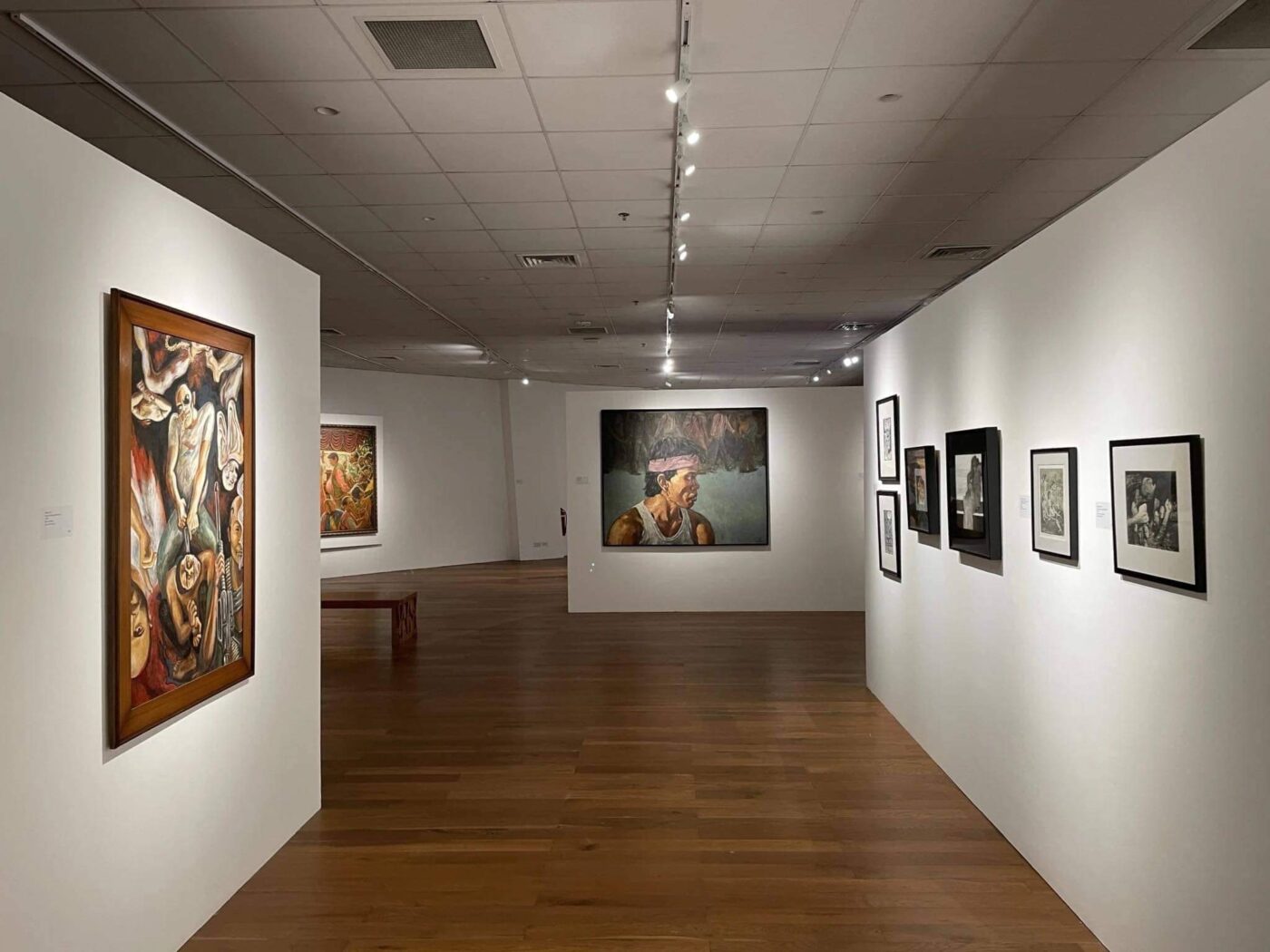
A mirror of the past, a vision of the future
Upon entering the exhibit, visitors are welcomed with a text emphasizing that Ligalig features social realism art: A genre or aesthetic and political art movement that emerged in the late 1970s amid the country’s conditions of martial rule, according to online art gallery Vintana.
“Social realism isn’t inherently stylistic. It’s a shared point of view that seeks to lay bare the true conditions of Filipino society,” AAG volunteer Janine Bernardo (4 AB AM) says. She adds, “Art is also a form of response by people. It serves as a platform to tell these stories that would have otherwise been forgotten.”
One of the pieces in the exhibit that illustrates art as response and social critique is Eric Zamuco’s Wadapak/Dapak (2014). It is an installation of old student armchairs restored and illuminated by shaped glass tubing and neon light. The academic imagery of the piece is intensified through its naming. Being the phonologically Filipino version of the English expletive, Wadapak captures Zamuco’s shock when the Ateneo Scholarship Foundation invited Imelda Marcos as the guest of honor to its 40th anniversary event. Following this, Wadapak/Dapak serves as a critique of historical preservation as well as education in the Philippines. It criticizes the Ateneo itself—the institution that allowed the piece to be made.
Wadapak was originally illuminated with blue lights, but Zamuco says that a “glitch” coincidentally happened when the 2022 presidential campaign period began. Thus, one of the illuminated chairs turned pink—the campaign color of presidential candidate and opposition leader Leni Robredo. “When a change of color happens on neon lights, the electrodes need to be changed. But this felt like fate as it started happening during the campaign [so] I decided not to [repair it] at this time,” Zamuco says.
As a well-intentioned “emblem for hope or truth,” Zamuo eventually crafted a new chair, now intentionally fitted with pink lights. The original chair is still with Zamuco, who is still deciding which exhibit or fundraiser the chair will go to.
Description by design
Museum visitors may also take much away from the arrangement of the exhibit’s works. An AAG tour guide herself, Bernardo notes the intentionality and logic behind the design of the museum tour. She cites how Benedicto “BenCab” Cabrera’s wall of art—featuring the visceral Mag-Ina (1969) and The Family that Starves Together Stays Together (1968)—shows how society’s smallest units, families, were the most affected during Martial Law. In fact, six out of ten Filipino families were poor at the end of Ferdinand Marcos Sr.’s dictatorship.
The wall across from what Bernardo calls “the BenCab wall” bears pieces that depict more specific and harrowing events. One such event is the killing of Italian missionary priest Tullio Favali, depicted in Anna Fer’s Favali at iba pang Biktima (1987). Slain in 1986, Favali was the first foreign missionary to be killed by anti-communist paramilitary forces during Martial Law in the Philippines.
Other pieces in the gallery feature the nuances of Filipino life under Martial Law, whether in urban or rural settings. For instance, Bintana ni Momoy (1983) by Imelda Cajipe-Endaya reflects a rural setting, highlighting provincial life and experiences from the era. In depicting this diversity in experiences, Ligalig emphasizes that the threats to life and freedom that characterized the Martial Law era and encompassed the whole country.
Takeaways in a time of threat and turmoil
As disinformation continues to taint the texts of history, the artists of Ligalig firmly stand with their stories against Martial Law. Drawing from her Art Management background and experience working in the gallery, Bernardo believes in artists’ prime position to be preserving history. “The hand of the artist is as powerful as [the hand of] any other member of society,” Bernardo asserts.
More importantly, the fight to remember and set history in stone transcends the canvas. Bernardo enjoins art audiences to be critical and engaged with current events and social issues beyond just the local art scene. “It’s important to remember that art isn’t your only source of material. It can be a starting point [for] examining the truth,” Bernardo says.

